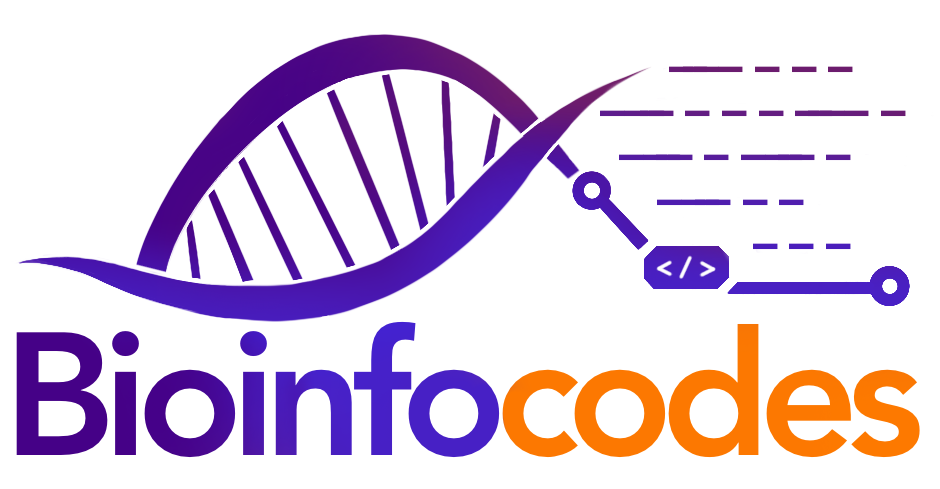In recent years, advances in high-throughput experimentation (HTE) along with machine learning (ML) algorithms have revolutionized the process of identifying successful reactions in synthetic chemistry. ML algorithms, when combined with HTE, enable efficient identification of optimal reaction conditions across diverse substances in a dataset. By predicting satisfactory results under specified conditions, ML proves invaluable in scenarios where cost-effective and accurate experimentation is crucial. This approach minimizes the need for prolonged trial and error, offering both time and cost savings while ensuring reliable outcomes.
Samha and colleagues have devised a comprehensive workflow aimed at forecasting the success likelihood of a reaction, based on pivotal reaction conditions, for the benefit of practitioners. Their selection of the Cu-catalyzed Ullmann C-N coupling reaction as a focal point for investigation was driven by several factors: its inherent unpredictability, constraints in substrate diversity, limited clarity regarding its mechanism, lower associated costs, and reduced toxicity in practical experimentation settings. The researchers systematically sampled a broad spectrum of reaction substrates and ligands, leveraging HTE to iteratively produce reaction outcomes while actively refining the selection of more effective ligands. Subsequently, the amassed dataset was utilized to train an ML model, resulting in the development of a classification model characterized by predictive capability and interpretability. This model establishes correlations between coupling partners and ligands, thereby facilitating the anticipation of successful reactions within the framework of Cu-catalyzed C–N coupling.
To develop a robust predictive model, Samha and his team extensively surveyed the ZINC20 database, focusing on aryl C-N bond-containing structures meeting specific criteria such as a logp value under 4.0 and a molecular weight below 400 u. These compounds were categorized into aryl bromides and primary amines libraries, further refined for commercial availability and spectral data convenience. Utilizing quantum-chemical calculations, they characterized the electronic and steric properties of these compounds, which underwent dimensionality reduction for unbiased selection and were clustered based on similarity. Coupling reactions were performed via HTE under consistent conditions, exploring various initial products from diverse substrates. Additionally, two control experiments assessed ligand binding. A 20% yield threshold was set for successful catalysis reactions, distinguishing them as “on” or “off.” This meticulous approach ensured effective identification and validation of reaction conditions for Cu-catalyzed C-N coupling, contributing to the development of a reliable predictive model.
In their culmination efforts, researchers have successfully trained a model employing three key nodes to predict the stability of Cu species within a potential catalytic cycle. These nodes encompass the Cu-L interaction distance, denoting stability (with a threshold of d<2.07), the natural bonding orbital charge of the nitrogen atom in the primary amine substrate, indicating nucleophilicity (Nδ->−0.803au), and the computed buried volume of the aryl bromide, reflecting steric hindrance (with a limit of %VBur <33.5%). Demonstrating an impressive 87% accuracy rate, the model mitigates errors by treating each product individually, thereby offering valuable insights into prediction uncertainties. Leveraging errors from the initial model, researchers have devised a heatmap to predict unknown products and ascertain confidence levels. This innovative strategy has unveiled promising outcomes, particularly in challenging substrate combinations, underscoring the efficacy of the workflow even in scenarios where predictions may initially prove incorrect.
This study proposes a novel approach to enhance conventional reaction design methodologies reliant on unpredictable chemical techniques. The enhanced reaction design methodologies have the potential to lead the way in optimizing experimental processes, rendering them more efficient and cost-effective. Through the amalgamation of exploratory assays and machine learning algorithms, this approach holds promise for driving future advancements in pharmaceutical and academic research. Moreover, this study assumes significance in elucidating the enigmatic mechanisms and constraints associated with the Cu-catalyzed Ullmann C-N coupling reaction, as it unveils intricate predictive insights.
Author: Ece Pekuz
Editor: Elif Duymaz
Reference: Samha, M. H., Karas, L. J., Vogt, D. B., Odogwu, E. C., Elward, J., Crawford, J. M., Steves, J. E., Sigman, M. S. Predicting success in Cu-catalyzed C–N coupling reactions using data science. Science Advances, 10, 3, (2024). doi.org/10.1126/sciadv.adn3478
– Bioinfocodes Scientific News Service –
News articles prepared by our team members, reviewing and compiling scientific research published in journals with an impact factor greater than 20 (click here for the list).

